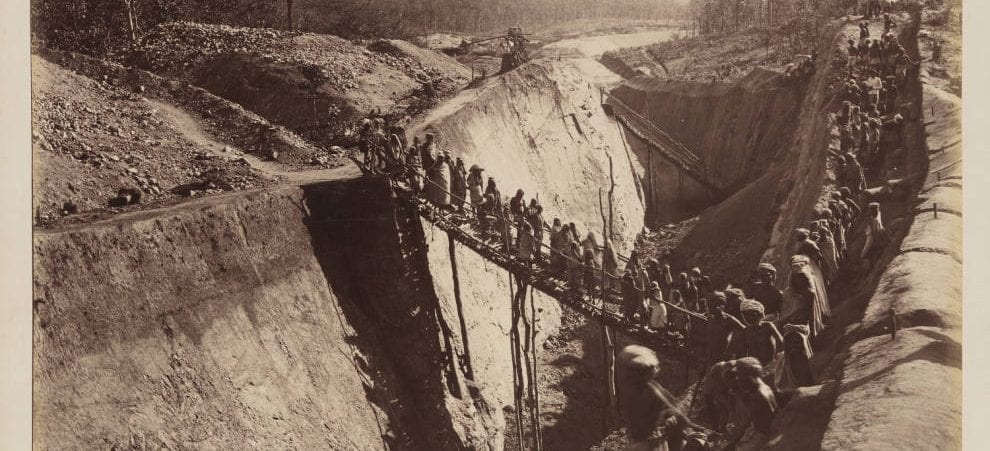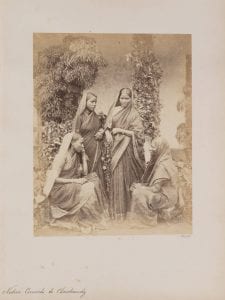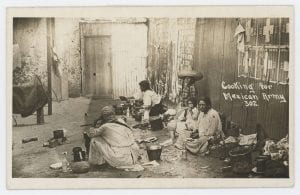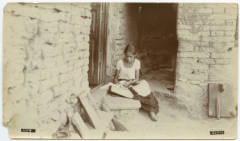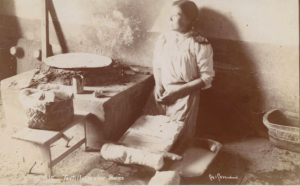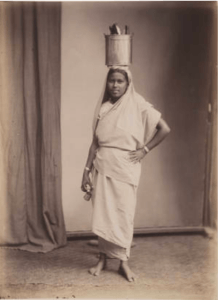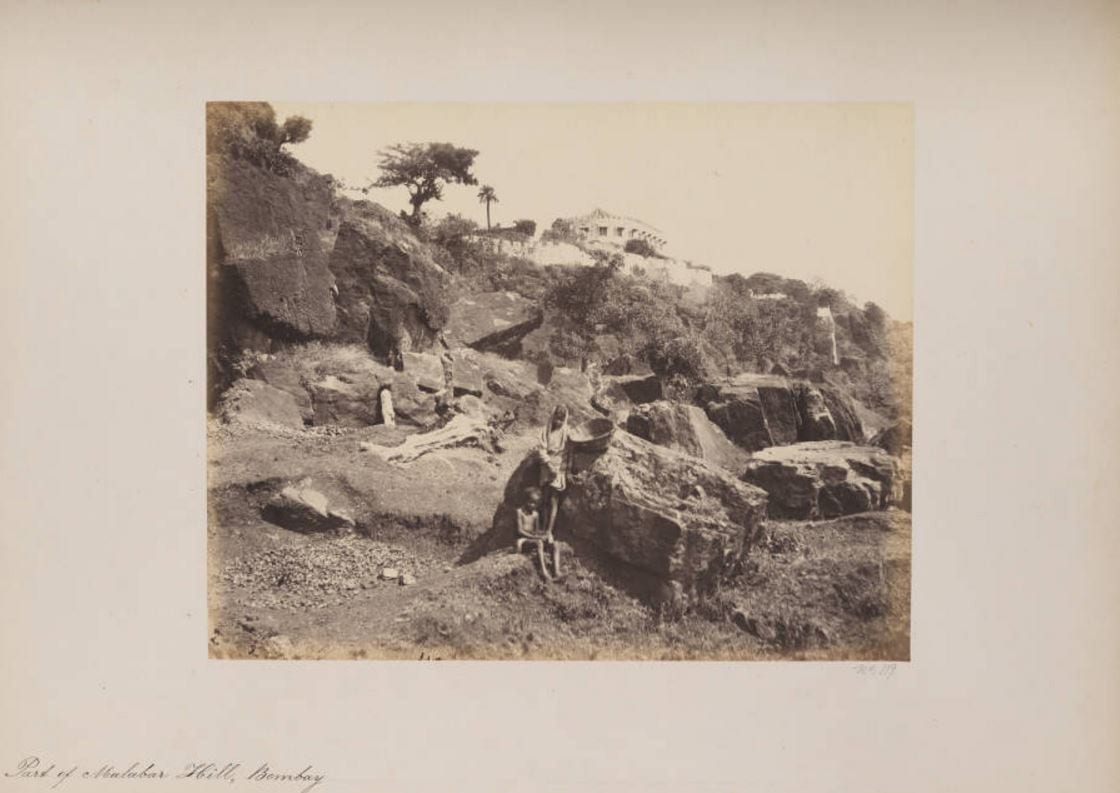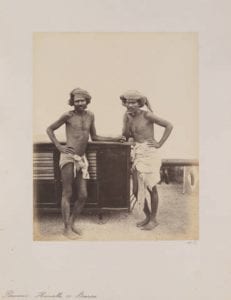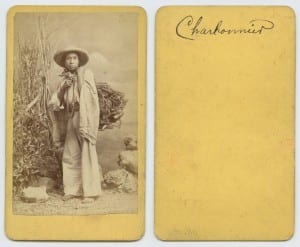India
In this photograph Native Converts to Christianity taken by William Johnson, an Englishman, in India 1855-1862, four Indian women are staged and photographed to convey to a European audience what women who convert to Christianity look like, portraying an image of health, civility and comfort through their choice of clothing, jewelry, posture and physical appearance. The foliage in the background denotes that the women are in a tropical setting. People depicted by Europeans in a tropical climate usually wore little to no clothing because it was hot but in the eyes of Europeans this predisposed them to a barbaric image. The fact that these women are not only covered but nicely clothed in colored fabric and enjoying the luxury of jewelry shows that they are civilized in a western sense. Physically the women do not appear to be ill or overworked, having bright complexions and normal weight, displaying overall health and content portraying that as well as not having to work hard they also have enough to eat. The women have straight posture and most have downcast eyes giving the audience the sense that they are modest and chaste, the most important values of a civilized woman. The woman looking into the camera is holding necklaces that appear to be rosaries underscoring their religious intent but also revealing promiscuity that Europeans obsessed over toward oriental women. The women in the photograph are placed in a way that suggests they were posed leading to insinuate that the particular women were chosen and asked to wear certain clothes to capture what the photographer believed native converts to Christianity looked like, not what they were like in reality. This portrays to a European audience that their influence and introduction of Christianity to the native population, in particular women, positively affected them allowing them the opportunity to live a healthier and more civilized lifestyle.
Title: Native Converts to Christianity
Photographer: William Johnson
Mexico
In this photograph Cooking for Mexican Army taken by Walter Horne, in Mexico 1910-1920, a snap shot showing women and a child preparing a meal in a temporary camp portrays the communal lifestyle they held and the conditions they lived in due to the Mexican Revolution inflicting stress on women and children signified by their facial expressions, posture and scenery. The women and child are on the ground preparing a meal using the bare minimum of cooking utensils, and a makeshift fire. This denotes that this group of people are not only traveling but traveling light showing that they would have to move at a moment’s notice. The date that this photograph was taken reveals that the women and children were experiencing the effects of the Mexican Revolution, supporting why they are cooking on the ground and look anxious. During this time, it was safer for families to travel with the men and prepare food while they were off fighting than stay home where they could be killed or raped. This is a stressful burden to put on women in Mexico, having to care for the family in an ever changing environment as well as live in fear of being attacked. The stress of the situation is apparent in the two women’s faces that are clearly unhappy and the body language of the young child who is not playing but sitting still. The tone of this photo is somber, successfully capturing what it was like to be a woman in Mexico during the Mexican Revolution, displaying how war can drastically change something as simple as preparing a meal. A European audience would be appalled when viewing this photo, depicting families forced to live on the go, eating and sitting on the ground, casting a negative representation of the Mexican Revolution.
Title: Cooking for Mexican Army
Photographer: Walter Horne
Images courtesy of the DeGolyer Library, Southern Methodist University.

